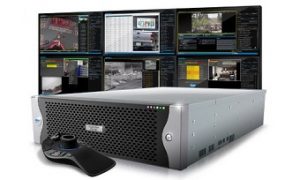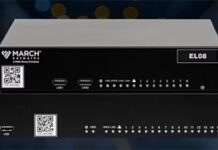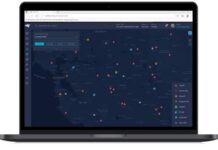
Pelco by Schneider Electric has announced a new integrated solution based on the Pelco VideoXpert VMS with Ipsotek’s VISuite 10.1 advanced video analytics platform. The integration provides a solution that increases security, reduces investigation time and takes the complexity out of managing the video and associated analytics in an overall surveillance network, according to the company.
“This integration reflects the continued commitment that Pelco has to our customers to provide high-quality and innovative solutions that are also easy to set up and use,” says Jonathan Lewit, director of technology leadership, Pelco by Schneider Electric. “Ipsotek specializes in detecting target behaviors in the live video, delivering dependable alerts to operators while dramatically reducing false alarms. Combining this expertise with our enterprise-level video management system lets us offer our customers a powerful solution for efficiently mitigating security risks.”
Pelco’s VideoXpert VMS incorporates the latest advancements in system navigation, with a platform that enables console monitoring to improve operational efficiency and reduce incident investigation time. Pelco says its intuitive user interface requires little training, while also allowing operators to quickly and easily collate video scenes from multiple angles, up to nine video scenes, for export into a single clip for effective case management.
Ipsotek’s scenario based video analytics software solution features a set of advanced, automated video analysis tools that provide for the real-time detection and extraction of events and valuable data from surveillance footage, replacing the need to monitor live video feeds or sift through recorded video.
“Pelco is known for engineering the rock-solid security solutions that are required for any successful analytic overlay,” says Bill Flind, chief executive, Ipsotek. “Integrating the intelligent VISuite analytics with VideoXpert lets users tailor the automated system detection to their specific needs by applying one or more defined target behaviors.”











